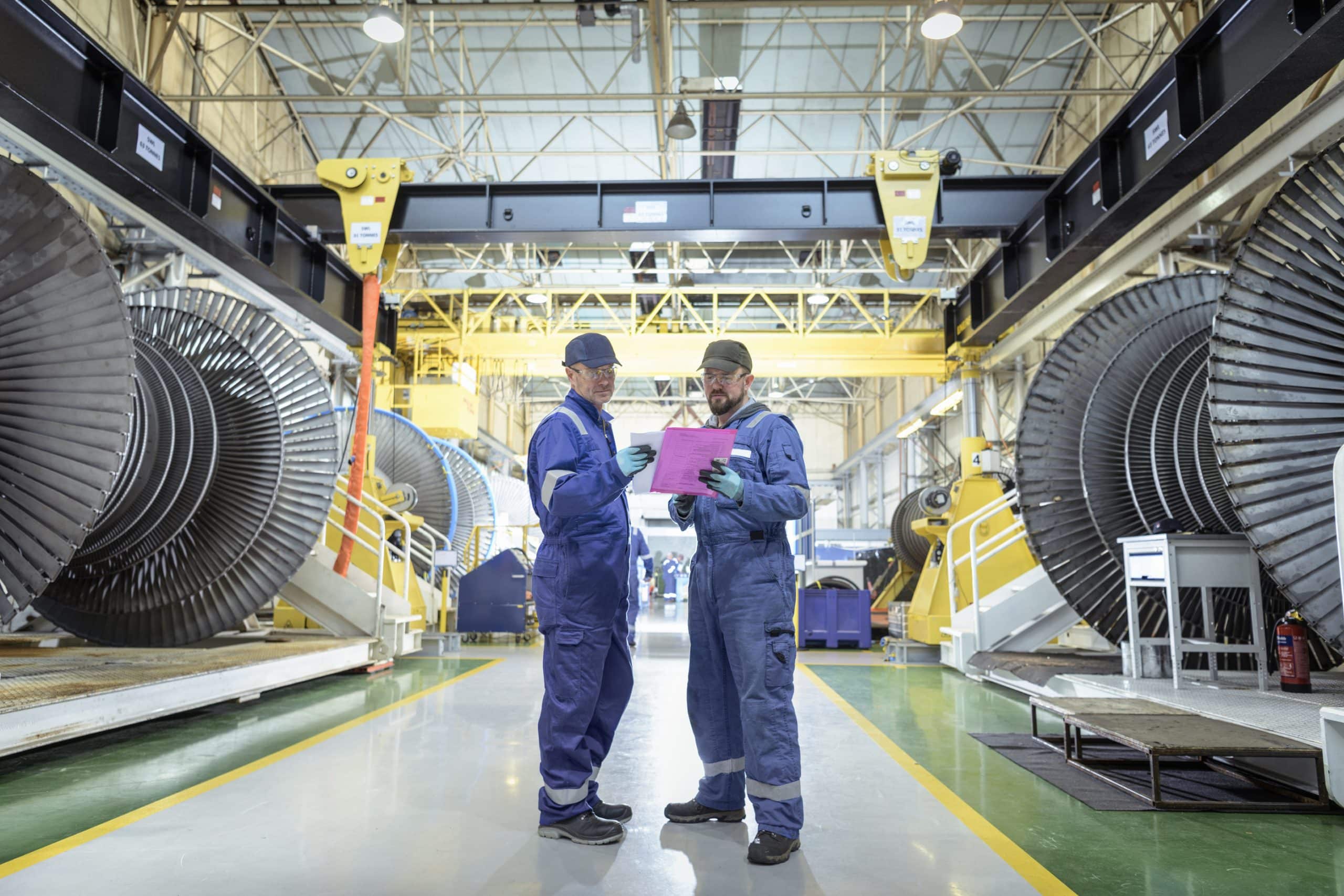As industry professionals, you are aware that maintenance is a vital part of any business that uses heavy machinery. Whether you’re in the mining, construction, or manufacturing industries, your business success hinges on the performance of your equipment. Machine downtime can severely impact productivity, inflate costs, and even compromise safety. With the advent of digital technology and data analytics, the maintenance landscape is undergoing a significant transformation. In this article, we will delve into the latest techniques in preventive maintenance for the UK’s heavy machinery industries.
Predictive Maintenance and IoT
Predictive maintenance is an approach that utilizes data about the equipment’s operational conditions and performance to predict when the machine will require maintenance. This adoption of predictive maintenance is largely made possible through the Internet of Things (IoT), which allows assets to be monitored in real-time.
A lire aussi : How Can UK Podcasters Utilize Spotify's Latest Features to Increase Audience Engagement?
Through the use of IoT sensors, you can collect and analyze a wide range of data about your machinery, such as temperature, vibration, pressure, and more. As you continuously monitor these parameters, you can identify abnormalities or trends that may indicate impending equipment failure. Therefore, by conducting maintenance before a breakdown occurs, you can effectively minimize downtime and reduce associated costs.
Data-Driven Maintenance Strategy
Where traditional maintenance plans are typically based on OEM guidelines and manual inspections, today’s maintenance strategies are increasingly data-driven. This shift is primarily due to the vast volumes of data now available through IoT devices and modern data collection techniques.
A lire également : How Can UK Children's Museums Incorporate Educational Gaming to Enhance Learning?
With a data-driven approach, you can make more informed decisions about maintenance tasks and scheduling. By analyzing historical performance data and trends, you can identify recurring issues and develop targeted solutions. Moreover, you can optimize your maintenance schedules based on actual equipment usage and performance, rather than arbitrary time intervals. This technique can lead to a reduction in unnecessary maintenance activities, saving both time and costs.
Asset Performance Management (APM)
Asset Performance Management (APM), another significant development in the maintenance space, is a software-based approach that helps you manage the performance and reliability of your assets. It brings together data from various sources to provide a holistic view of asset health, facilitating proactive maintenance planning and decision making.
Through APM, you can monitor and analyze data from your machinery to identify performance trends and potential risks. It also helps in benchmarking the performance of your assets against industry standards, allowing you to identify areas of improvement. By doing so, you can ensure that your machinery is operating at optimum levels, contributing to increased productivity and reduced downtime.
Safety-Focused Maintenance
Safety has always been a critical concern in industries involving heavy machinery. However, with the advent of new technology, there is a growing emphasis on incorporating safety considerations into maintenance plans.
To ensure the safety of workers, you can now invest in technologies such as remote monitoring tools, wearable devices, and automated inspection systems. These tools can help reduce the need for manual inspections and the associated safety risks. They can also alert operators of any potential safety hazards, such as machine malfunctions or unsafe conditions, thereby reducing the risk of accidents.
AI-Based Predictive Maintenance
Artificial Intelligence (AI) is revolutionizing various facets of our lives, and maintenance is no exception. AI-based predictive maintenance uses machine learning algorithms to analyze data and predict equipment failures before they occur.
AI can process vast amounts of data at unprecedented speeds, identifying subtle patterns and trends that may be overlooked by human analysis. It can also learn from past experiences, refining its algorithms to make more accurate predictions over time. By identifying potential issues before they escalate, AI-based predictive maintenance can significantly reduce equipment downtime and associated costs.
In conclusion, the face of maintenance in the UK’s heavy machinery industries is evolving. As you adapt to these changes, remember that the ultimate goal is to optimize equipment performance, reduce costs, and ensure safety. By leveraging these new techniques in preventive maintenance, you can stay ahead of the curve and ensure the long-term success of your business.
Advanced Robotics in Maintenance
Advanced robotics are gradually being integrated into preventive maintenance, providing a level of precision and efficiency previously unattainable. This technology is proving particularly useful in sectors where machinery operates under harsh or hazardous conditions, such as mining and oil industries.
Robots can be programmed to perform a wide range of maintenance tasks, from simple inspections to complex repairs. They can access hard-to-reach areas, withstand extreme temperatures, and operate in environments that would be dangerous for human workers. This not only enhances worker safety but also increases the speed and accuracy of maintenance work.
Moreover, many robotic systems can be equipped with sensors and cameras, allowing them to collect detailed data about the machinery they are servicing. This data can be analyzed to gain insights into the performance and condition of the equipment, informing your maintenance strategy.
Automation in preventive maintenance can reduce human error, minimize downtime, and extend the life of your assets. Plus, as robots can work around the clock without fatigue, they can significantly increase productivity and reduce maintenance costs.
The Role of Augmented Reality (AR) in Maintenance
Augmented Reality (AR) is another technology making headway in preventive maintenance. AR overlays digital information onto the physical world, providing technicians with real-time data and visual aids during maintenance tasks.
For instance, a technician wearing AR glasses could see an overlay of a machine’s internal components, complete with labels and instructions. This can simplify complex tasks and reduce the time it takes to diagnose and repair issues.
AR can also facilitate remote assistance. If a technician encounters an unfamiliar problem, a remote expert can view the situation through the technician’s AR device and provide guidance.
By enhancing technicians’ capabilities and knowledge, AR can make maintenance work more efficient and reduce the likelihood of errors. It also offers the potential to improve the training of maintenance personnel by providing a hands-on, interactive learning experience.
Conclusion
The heavy machinery industries in the UK are witnessing a significant shift in preventive maintenance techniques. The adoption of predictive maintenance facilitated by IoT, a data-driven maintenance approach, Asset Performance Management (APM), AI-based predictive maintenance, safety-focused maintenance, advanced robotics, and Augmented Reality (AR) are not just trends but necessities to remain competitive.
While these technologies represent initial investments, the return in terms of reduced maintenance costs, minimized downtime, improved safety, and enhanced equipment lifespan is substantial. Also, by incorporating these techniques into your maintenance plan, you’re not just ensuring the efficiency and longevity of your equipment but also the safety and productivity of your workforce.
The future of preventive maintenance in the UK’s heavy machinery industries is undeniably high-tech. Embracing these new techniques and tools is an investment in the continued success and growth of your business. As we move forward, continuous innovation and adaptation will be vital in staying on top of maintenance challenges and emerging opportunities.






